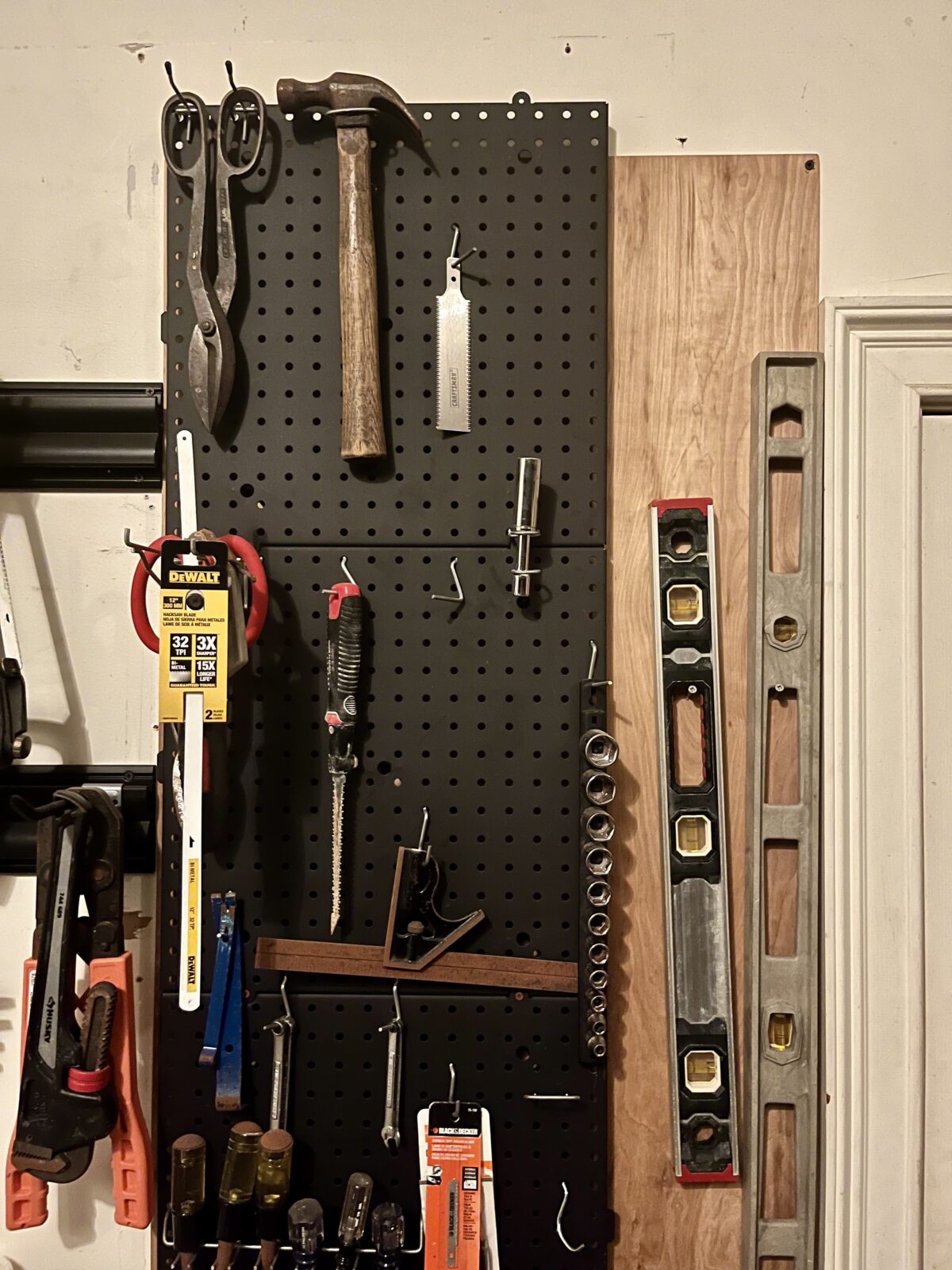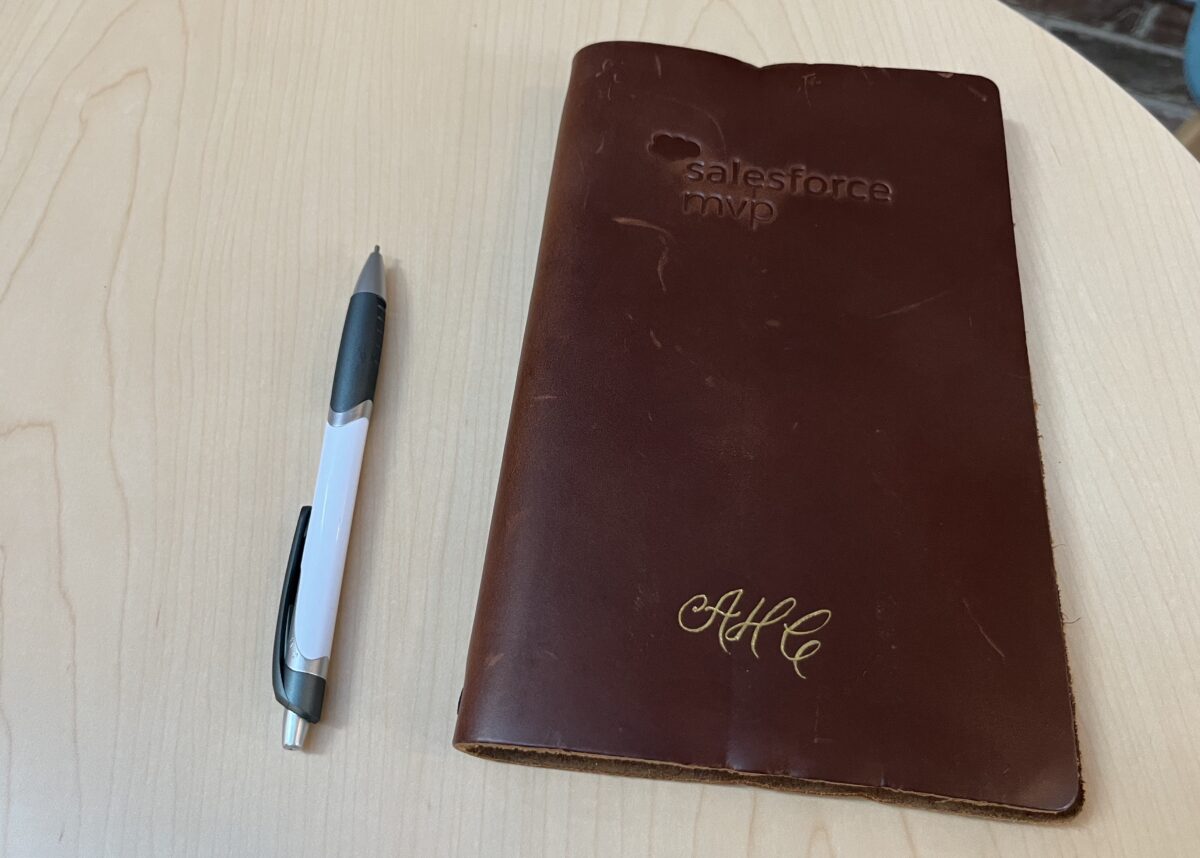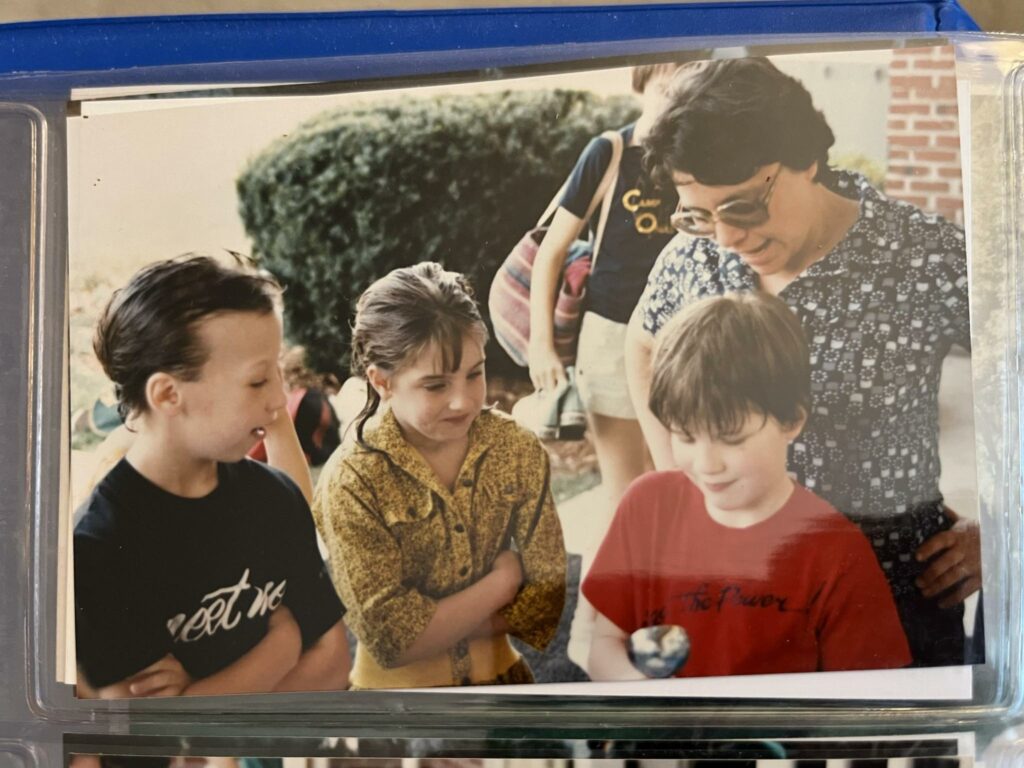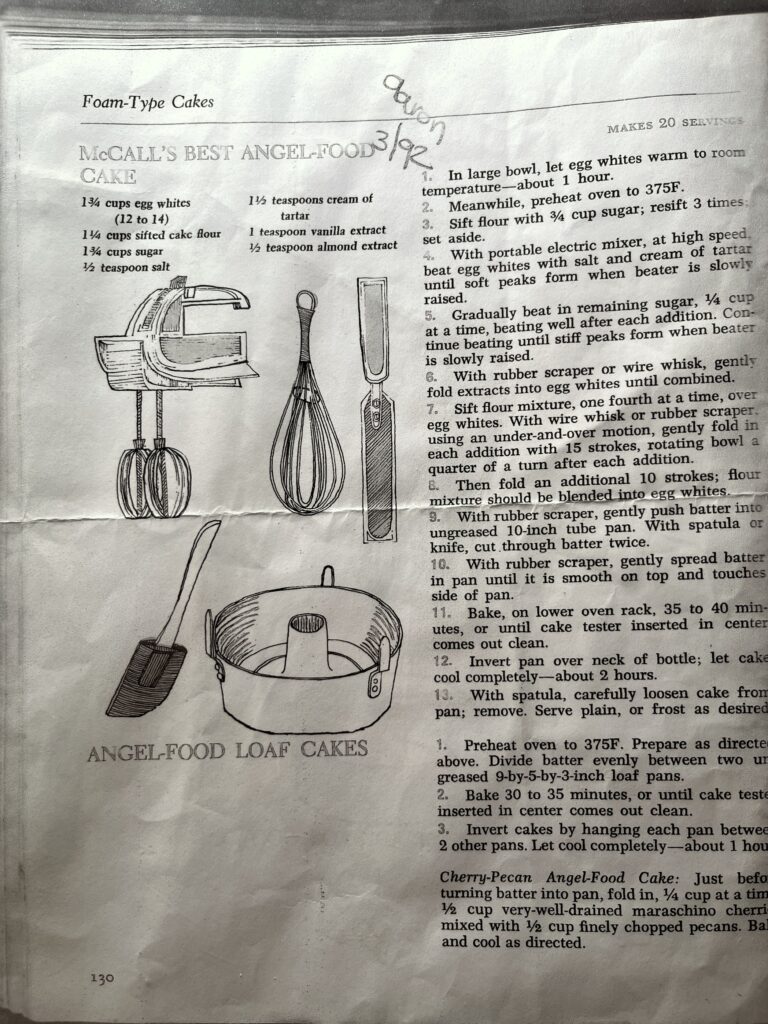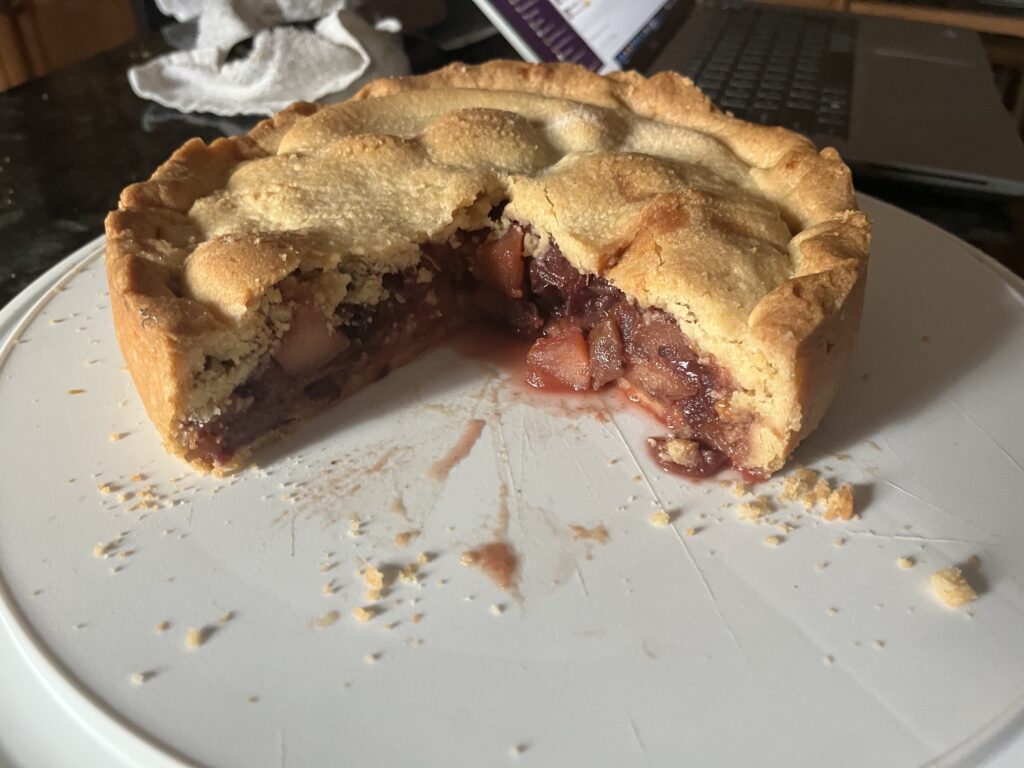This is a second in a two part series on taking Salesforce Certification Exams. We’ll be talking here about taking the exam. You might also find part 1 on studying useful.
For this discussion I’m assuming you have picked your exam, studied as best you can, and now it’s time to take the exam.
Scheduling a Salesforce Exam
In my article on studying I recommended scheduling your Salesforce exam a week or two after you had prepped your flash cards. Of course it’s not exactly that straight forward. You need to pick the location and timing that works to your best advantage.
Location
Salesforce exams can be taken in a testing center or from home. Before COVID I took my exams in-person at a local testing center located at a university – it was re-assuring that if there were issues I could discuss it with staff in person, although it never came up. When COVID arrived, like everyone else, I had to move online – and my local testing center never re-opened to non-students for first health and now security reasons. Currently I’d have to drive over an hour to reach an in-person location so I continue to take mine online. All that is to say I have done both, and both can work just fine.
The exact rules for at home tests have shifted a few times, but generally they have all been reasonable (at least since they dropped the two camera requirement). I do get interrupted by support if there is an internet connection flutter, or if an hour or so in my mind – and more importantly eyes – start to drift a bit. But on the whole my home is less distracting than dealing with the challenges of driving, parking, getting checked in, and all the other logistics of an in-person location. If you have potential distractions in your home, like kids home from school, bad wifi, lack of a room you can close off, and other things those in-person logistics might be a great trade for you.
On the whole, I prefer taking tests from home. That said, the most important thing about the location is that you are comfortable enough about the setting that you can stay focused on the test.
Time
The location you select will drive the dates and times available to you, but both have limited options. Plan ahead if you want a specific time and day – I’ve had to put off exams a week or two just to find a reasonable time of day to take the exam.
For online exams I have found there are 5 times of year to avoid: late December, and late in a Salesforce quarter. December that’s because people who work at partners often have to take one a year and procrastinated. As for the quarters, I think that’s because those same partner companies have exam vouchers that are about to expire so they push people to use them up, and Salesforce staff are meeting performance deadlines. Sometimes, I have no idea what’s driving the demand, but there will suddenly be no open slots.
Generally, you want a time when you’ll be awake and sharp. If taking the test from home, that should also mean it’s a time your home is quiet. Pick a time when your partner, or school district, can watch the kids – or everyone else is sleeping. If you are a night owl, and like taking exams in the middle of the night (US-time at least), you’ll have more choices. Personally I like late morning: I’m through my coffee, dealt with whatever fires have started me day, and still have lots of energy.
Remember Your Basic Test Skills
Most of us took lots of standardized tests in school. The test taking skills you should have been taught for those apply to Salesforce exams. Salesforce exams are, fundamentally, the same things as objective standardized tests you took in school – who knew all those test taking skills would actually be job skills?
Change Answers Carefully
Turns out that the thing about never changing answers is wrong. But that doesn’t mean second guess yourself. Change the answer when you know it’s wrong, if you’re still just guessing move on. Sometimes as you proceed through the exam you’ll notice later questions that give away the answer to one you guessed at – that’s a great time to go back if you marked it or have the time to find it.
Eliminate Wrong Answers and Guess Wisely
Depending on the exam you will have 3 or 4 answers available to you – you are looking for the best fit to the details of the question. Writing wrong answer is incredibly hard, usually some of the wrong answers are really bad. So if the answer isn’t immediately obvious look for a few giveaways to bad answers:
- Products that don’t exist. If part of the answer is not a thing – that’s not the right answers.
- Not being part of a pair. Sometimes there are a pair of answers that are very similar, in my experience it’s one of those two so ignore the others. In those pairs the difference is usually from a detail of the question. Go scan for a condition that would trigger one or the other.
- Answers leveraging information that’s not part of the exam outline: Right answers must be part of the exam outline, wrong answers can include other things. If you’re taking an exam where Person Accounts aren’t part of the outline – the answer with Person Accounts in it is wrong.
If you can cut out the bad answers, and get yourself to a 50/50 guess you’re in a good place on most exams as long as you are not always guessing. Your goal is to pass, a few mental coin tosses that keep you moving will keep you in range. You don’t need 100% to pass, so don’t worry about a few wrong answers. As long as your guesses are rare and you’ve eliminated a few answers, you’re golden.
Answer Every Question
If you have no idea about a question, guess randomly. Just pick an answer that sounds plausible and move on. This is not the SAT where you can lose points for the wrong answer. A right answer is one point. A wrong answer is zero points. A blank is always wrong – and still zero.
Read the Answers First
I don’t do this for all questions, but some questions are long, and include extra detail you don’t need to select the right answer. When I see I long question I read the answers, try to eliminate at least one, and then scan the question for details that matter to the remaining answers. Even if I still read the whole question I am extracting the important bits not all the details of why Cloud Kicks wants to encourage adoption or improve security. More than once I’ve been able to eliminate all but one answer, select it, and move one without even reading the question.
Know Your Timing
Like with so many things in life, timing is important. Before the test starts know how many questions you have and what’s your total time. The test will tell you when you start, but you want to have a sense going in how fast you need to be moving.
Most exams have 60 questions and give you 105 minutes (1 hour 45 minutes). That’s a whopping 1 minute 45 seconds per question (for context on the SAT allots 1 minute 11 seconds for the reading and writing questions, GRE it’s 1 minute 30 seconds). So pace yourself.
The test’s clock, which you can and should hide, is in hours and minutes not total minutes. If you aren’t great at time math on the fly, give yourself markers about where you should be at the 20 (> 1:10 remaining), 30 (>52 minutes remaining), 40 (>35 minutes remaining) question points. I slow down as the test proceeds, so I actually like a larger margin earlier in the test so I can be running over time in late questions.
Note Your Weaknesses
You are given a scratch pad for the exam: either a physical piece of paper in a testing center, or a text box online. As soon as you sense you are struggling use it to record your weaknesses. No details, not whole questions, just topics to study later.
You aren’t allowed to keep or copy the notes directly, so you need tags you can use to memorize enough information to go augment your study later. I usually haven’t needed it, but when I took Integration Architect recently I realized a few questions into the exam there were multiple references to things I hadn’t studied – oops. In my case it was PushTopics and Change Data Capture. I wrote just that much in the notes, so when I got to the end I could quickly memorize the need to create flash cards covering those topics to my deck. I failed my first attempt, augmented my flashcards with the topics I’d missed in my study, and passed easily on the second attempt.
On several other exams where I was close to the line, noting those topics helped me stay calm because I had a plan if I needed to do more prep.
Salesforce Exam Specific Skills
The biggest thing I’ve found that’s Salesforce specific is thinking about the context of the exam to help guide guessing. When guessing, try to think like Salesforce, and know some basic rules for the exam you’re taking:
- Admin Exam: never say you’d contact support, and always say you’d check the App Exchange.
- Platform App Builder: never say you’d write code, pick the declarative answer.
- Platform Developer: You still aren’t calling support, never have a DML in a loop.
- Architect Exams: use a recent – but not latest – Salesforce technology to solve the problem.
- AI Exams: Be ethical.
- Advanced Exams (Advanced Admin, PD II, etc): You might need to contact support to enable features or change settings in rare use cases. Generally know your negative use cases – when not to do something you’d select on the basic exams.
Most Salesforce exams have a similar pattern that can help you guess. Ask around your network for people who have taken the exam you’re attempting.
Generally there are some overall messages Salesforce wants people with that certification to have secured in their heads. Figure out what those messages are, and leverage them to help drive success.
Good Luck!
That’s the advice I have to offer. Good luck on your next Salesforce Exam. And if for some reason you don’t pass the first time, pick yourself up, dust yourself off, and schedule the retake. There’s no way through but forward.






